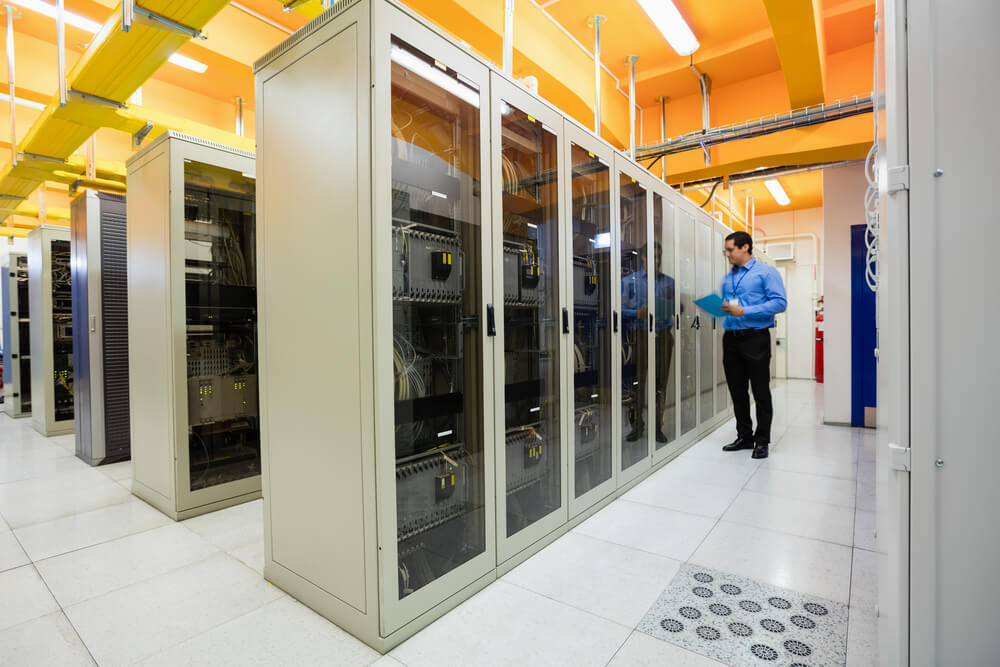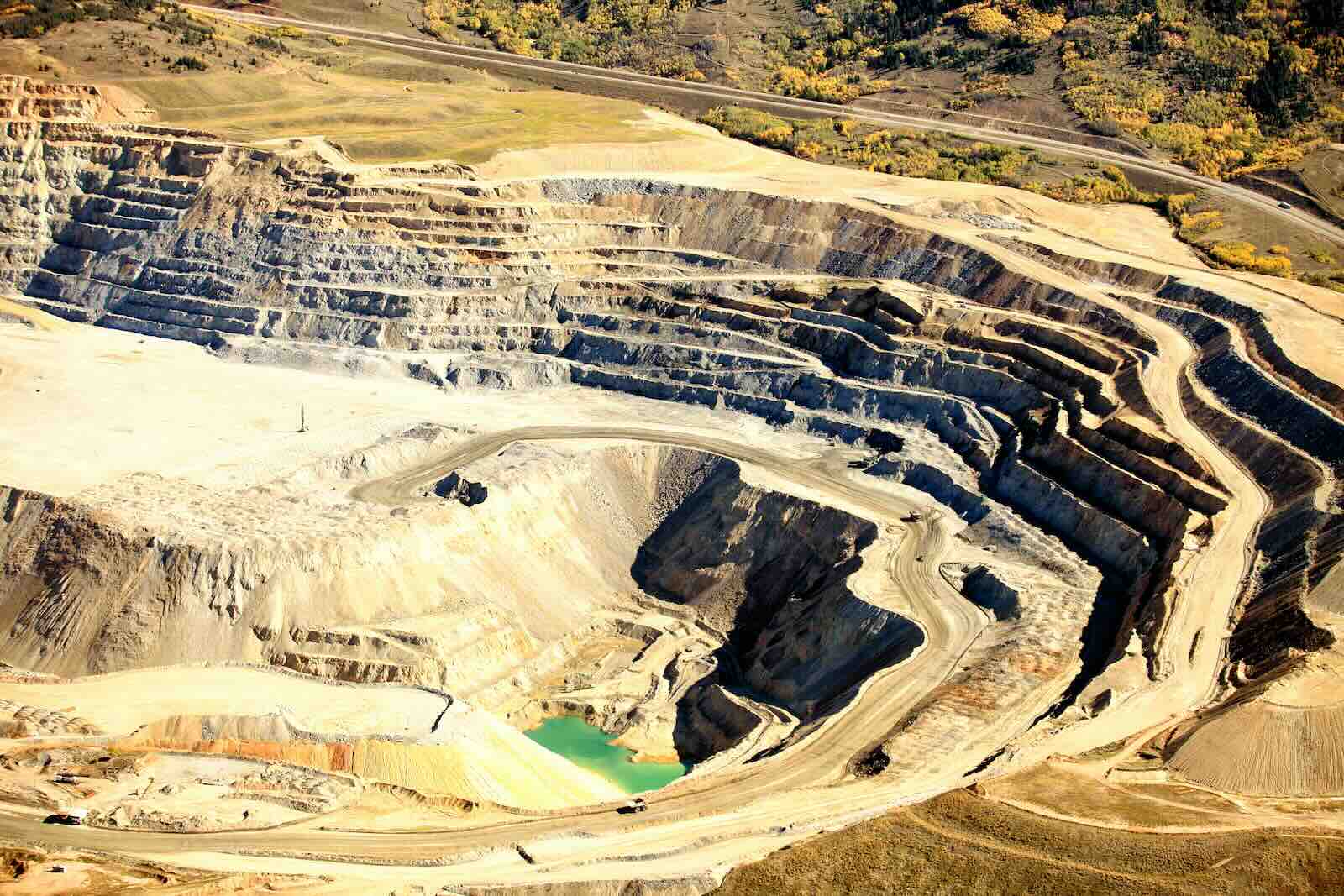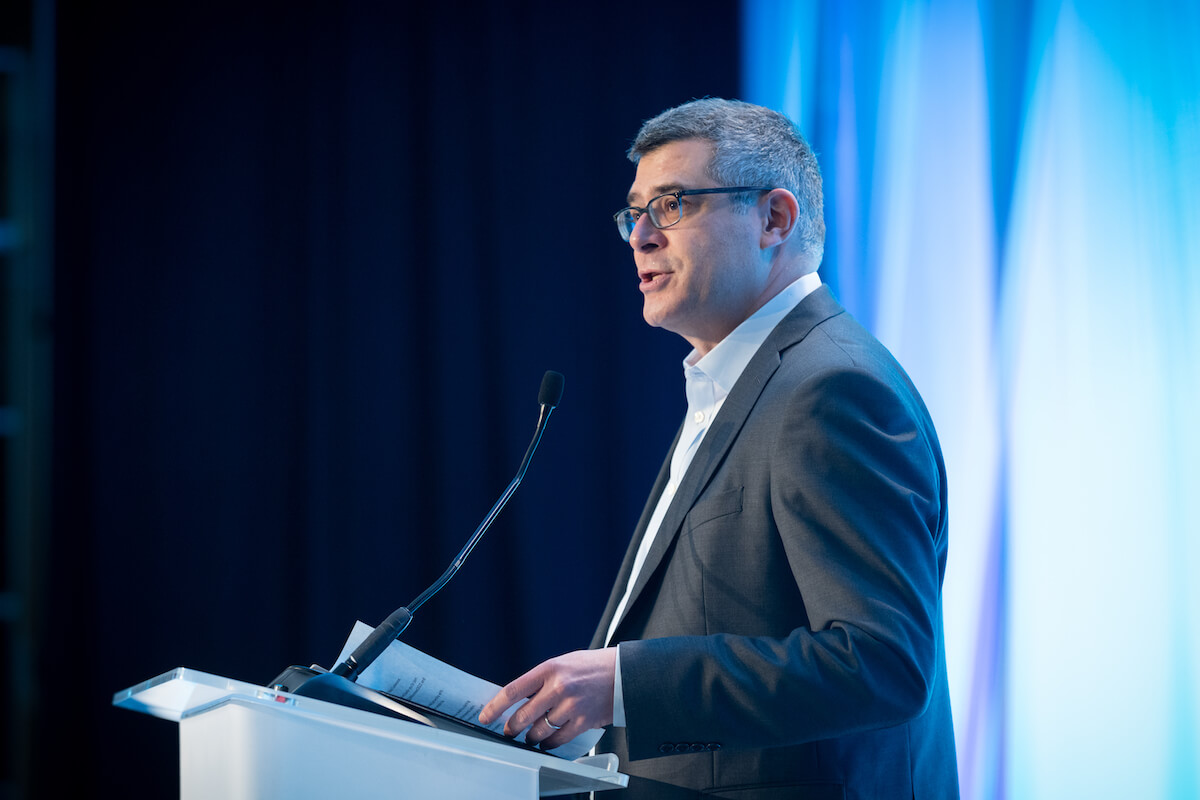When UK Prime Minister Rishi Sunak watered down the UK’s commitment to its Net Zero targets earlier this fall, he at least started a conversation that highlighted how important our homes are to reducing our impact on the planet.
The built world is responsible for 40% of global GHG emissions, with operations, particularly heating and cooling, responsible for 70% of those emissions. These assets are long-lived: some 90% of buildings in 2050 will be ones that already exist today. That means that no strategy for getting us to net-zero will work without acknowledging the challenge of retrofitting buildings, both commercial and residential.
Retrofitting is often trumpeted as the solution to extending the lifespan of buildings, reducing ongoing emissions and limiting the impact of embodied carbon. There are also many economic benefits, notably job creation, to be gained from encouraging a large-scale industry around retrofitting and energy transition.
Yet it is extremely difficult. There is no one-size-fits-all approach that will work for all buildings. Up-front capital needs are significant and the required skills are often in short supply and spread among diffuse stakeholders.
Technology has a key role to play across multiple levers. From our perch as Europe’s largest built environment venture capital firm, we share five key innovations that can supercharge global retrofits.
Streamline installation
Customers and installers on both sides of the retrofit marketplace face inefficient and broken systems, and solving these pain points from discovery through project execution should be a key investment focus.
Technology that enables design automation and instant price quotes help solar installers to make better use of their time. PVCase, a maker of cloud-based energy modeling design software for solar panels, recently raised a substantial $100 million round from investors including Highland Europe, Energize Capital and Elephant.
Other areas are lagging. Installers are still underserved by software for managing their financial and field operations, and by limited access to working capital.
Create a modern retail experience
Equipping installers with better tools will have knock-on benefits for customers, but this does not address the other problems in the customer journey.
There is no turnkey installation experience currently for the average consumer, and even energy nerds struggle to find the right suppliers and products. Just as Tesla made buying an electric vehicle easy, we need platforms that will make the energy transition a modern retail experience and enable access and distribution for mass adoption.
One example: Germany-based ENTER, an A/O portfolio company, raised €19.4 million to help homeowners navigate the landscape of service providers, financing and subsidies through its tech-enabled marketplace. ENTER is becoming a one-stop shop for retail and business customers to find and access retrofit solutions from a single source.
Start small
Not every retrofit measure needs to be a high-ticket item like a heat pump or energy storage system which can cost thousands of dollars.
Insulation, for example, is relatively inexpensive – it offers a quick payback and immediate comfort benefits to residents. It’s also complementary with other technology, for example, making heat pumps more efficient. Smart meters, smart thermostats, and other inexpensive IoT devices give homeowners insight into their energy consumption patterns. Those insights can give customers more confidence that a particular type of retrofit will have the intended results and make the investment worthwhile.
Digital insights
Being able to measure and quantify the impact of an intervention through IoT devices is as important as the perceived impact of things such as improved comfort and lower carbon emissions. Attributing a retrofit event to lower energy bills helps justify a return on investment, which is as important for individual homeowners as it is for large landlords.
This digital thread can also unlock new forms of financing and ownership through performance-linked contracts and energy savings agreements.
Integrate fintech
The average US household has $10,000 in savings. The average UK has even less, £2,160. With high upfront costs for heat pumps and solar panels, retrofitting can feel like a risky bet on your main financial asset – your home.
Tax incentives can be powerful motivators – as the US and other governments recognize. EV adoption in the US, for example, is directly linked to tax rebates. There are also rebates for heat pumps, solar panels and other upgrades. The UK has sadly not been clear on policy or had a long-term plan to incentivize owners. Facilitating the rollout of insulation through the country’s “big six” energy companies has not helped.
We see opportunities for fintech companies to facilitate the purchase of climate resilience technology – insurers, for one, should certainly be thinking about this.
Despite the challenges, the appetite for retrofitting is there. More than 120,000 solar panels and over 30,000 heat pumps have been installed in UK homes and businesses since the start of 2023. Today more than 1.3 million homes have solar panels.
The Prime Minister may have backtracked on climate commitments, including loosening a planned ban on new gas boilers and some home energy efficiency standards. But individuals understand that change needs to happen now. When it comes to their home, they want to protect their most valuable financial asset from the risk of flooding, heat damage or in hotter countries, wildfires.
Increasing our ‘energy renovation’ rate is vital if we are to reach climate neutrality. We urgently need to make it as simple as possible for consumers to reap the benefits of retrofitting now.
_______________________________
Arjun Jairaj and Jess Clemans are investors with London-based VC firm A/O PropTech.











